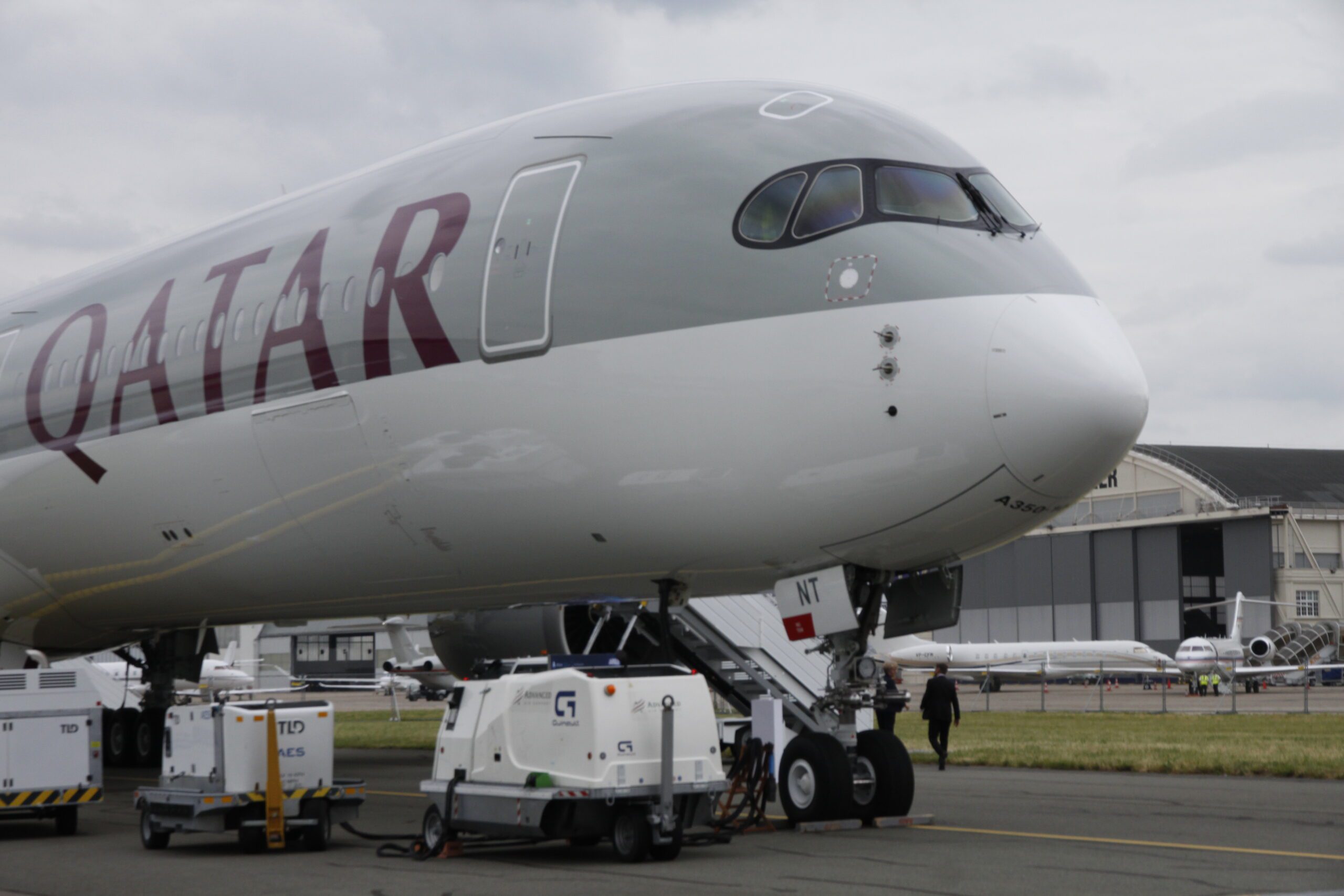
MG 8716 scaled
UPDATE July 27 – Qatar Airways reported a lower net profit for the financial year 2022/2023 compared to the previous year. The net profit of QAR 4.4 billion compares to QAR 5.6 billion in FY21/22, which was the highest-ever result in the history of the airline. Qatar Airways: higher revenues, lower profit in FY22/23.
The carrier shared only limited financial details in a press release on July 5 but released the fully audited annual report and financial statements on July 27. So we have updated our story.
Revenues were QAR 76.3 billion, up from QAR 52.4 billion in FY21/22. Passenger revenues doubled from QAR 24.7 billion in the previous year to QAR 49.6 billion. Qatar Airways carried 31.7 million passengers, up from 18.5 million. Capacity was up by 31 percent and the load factor was 80 percent, which is the highest in its history, as were yields.
Cargo operations contributed to the revenues with QAR 20.6 billion and Qatar said that the business “maintained its position as the world’s leading cargo carrier.” In FY21/22, cargo generated QAR 23 billion in revenues. Qatar Executive also saw significant year-on-year growth in commercial revenues and flying hours.
EBITDA was QAR 17.8 billion, on par with QAR 17.7 billion in the previous year. The margin was 23 percent. Operating expenses increased to QAR 64.4 billion, up from QAR 41.9 billion. Fuel costs increased to QAR 26.4 billion from QAR 12 billion. Cash and cash equivalents stood at QAR 41.1 billion, slightly up from QAR 40.3 billion, while net debt was down to QAR 77.5 billion from QAR 86.2 billion.
Growing the network
In its annual report, Qatar Airways highlights the success of the FIFA World Cup in Qatar in November/December 2022. The airline carried 2.4 million football fans to the country on 14.000 flights from across the world, operating a shuttle service to Dubai World Central and other countries in the region.
The carrier grew its network to 160 destinations and resumed services to twelve destinations. This included Beijing, Shanghai, Amritsar, and Nagpur in China, Denpasar, London Gatwick, Geneva, Perth, Sarajevo, Qassim and Taif in Saudi Arabia, and Windhoek. New destinations were Dusseldorf and Santorini.
Group CEO Akbar Al Baker attributes the results to “strong passenger demand recovery and the team’s ability to cater to this demand, aided by our continuing network growth, market leadership, and the operational efficiencies delivered by our world-beating team.”
Al Baker said in March that he plans to grow capacity by 21 percent this year, but this depends on the delivery of new aircraft. Since April, Qatar Airways has taken delivery of nine Boeing MAX 8s that were originally destined for Russian carrier S7 Siberia Airlines. Qatar also resumed deliveries in May of Airbus A350-1000s, which followed the settlement in February of the conflict with the airframer over the paint quality of the A350. While not specified in the financial documents, the grounding of the A350s severely impacted capacity and revenues. This was partly compensated by re-introducing the A380 to the active fleet on specific routes to Europe, Australia, and Asia.
On March 31, Qatar Airways operated 210 passenger aircraft, thirty freighters, and 25 executive jets for a total of 265 aircraft, up from 257 in the previous year. Of this, 144 are under lease.
Views: 135



